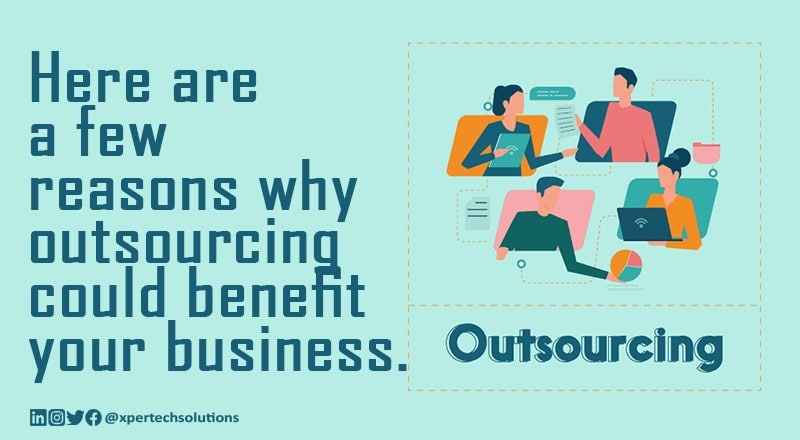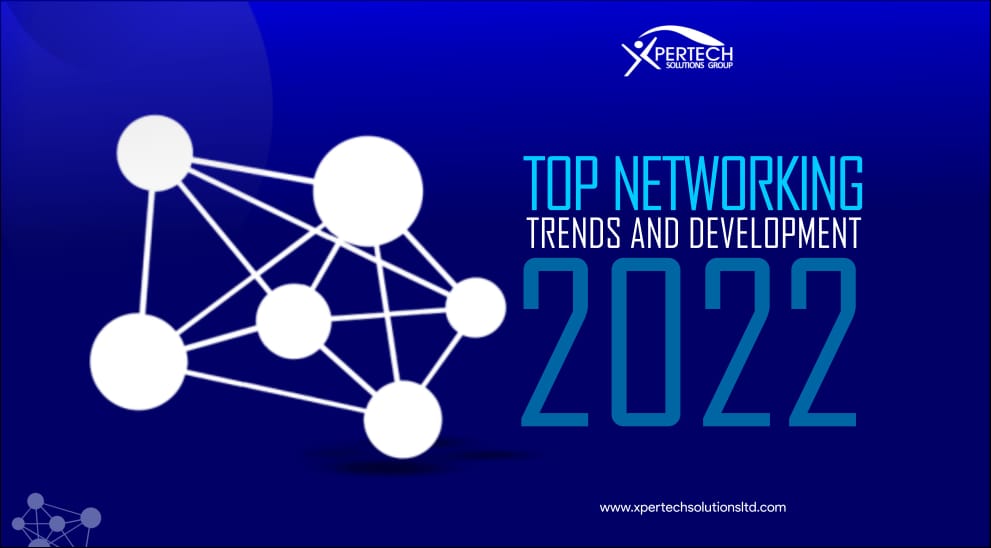The Importance of Outsourcing Technology Projects to a Professional Company & How it Can Benefit Your Business
Outsourcing technology is the process of getting a third party to complete your IT tasks.
Outsourcing technology is a cost-effective way to get help on your IT tasks, and it can be difficult to find staff with the necessary skills.
The benefits of outsourcing are that you can get help from professionals who have the knowledge and expertise that you need, without having to hire new staff members or invest in training. You’ll also save money by not having to pay for office space for these outsourced professionals and by not having to pay for their travel expenses.
There are a number of reasons why outsourcing IT projects is beneficial to companies:
IT outsourcing services help companies to focus on their core competencies.
A company that outsources its IT projects can focus on what it does best, while the outsourced company manages the day-to-day operations of the IT department.
Outsourcing an IT project also helps a company to save money. This is because an outsourced company will charge less than a full-time employee would, and there are no benefits or other expenses involved with hiring an outside contractor. This means that a company can spend more time and money on its core competency without having to worry about spending too much on technology infrastructure.
So what are the benefits of IT Outsourcing?
Outsourcing your IT functions is cost-effective
One of the first selling points with regard to IT offshore development is that it has proved to be highly cost-effective, especially when looking at companies that offer outsourced information technology services. The Philippines in particular is renowned for being an outsourcing company hub due to their low minimum wage, but also their advanced English proficiency, work ethic, and Americanised culture, which helps establish easy business relationships. You also only have to pay your offshore staff/individuals for the time they spend on any project, instead of an in-house employee where you require to provide a fixed salary regardless if there’s any major work to be done.
You get access to the latest technology
If you were to have an in-house IT department, you would have to invest in infrastructure and equipment that can take out a generous chunk of the capital expenditure. Furthermore, keeping up to date with the latest gadgets and gizmos is almost impossible these days if you don’t want to break the bank – upgrades after updates happen almost yearly and for the budget of a small to mid-sized company, it’s a highly unlikely reality to even think about. However outsourcing it services to a third-party company you partner with is responsible for these expenses and holds the duty of being up to date for the benefit of their clients. And you can sit back and reap the rewards.
Save time and reduce distractions
As a managing director or executive, you already have a lot on your plate and the last thing you want to do is waste time attempting to cover IT jobs yourself or find an in-house expert to help you out. Outsourcing companies are designed to help you out from the very beginning – all you have to do is tell them exactly what needs to be done and they will scout however many people you need who hold the right qualifications and expertise to join you on the ASAP. By allowing them to handle this time-consuming task, you can focus on your actual job instead and make a difference in areas you’re specialized in.
Minimum liability
This is probably the most underrated on the list of benefits of IT outsourcing. Partnering with a business process outsourcing company means you have no direct liability over the employees at the company you’re hiring from. If you aren’t satisfied with those who are working on your project, you can easily request a replacement who is a better match without any consequences. This is much different from hiring directly within your company, where letting go of someone quickly isn’t so easy if you don’t have a pressing or serious reason.
***
Outsourced Quality Xpertech Solutions ltd. is a leading outsourcing company that offers highly qualified remote staff and solutions that specializes in IT services. As one of the leading outsourcing companies in IT xpertech solutions ltd, we assure our clients of exceptional and high-quality offshore work and services. For more information on how to get started with us, contact us today!





